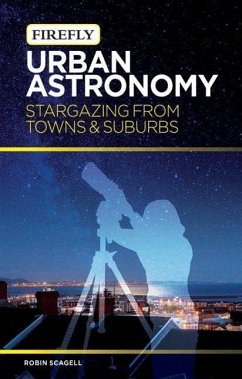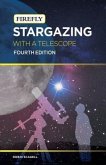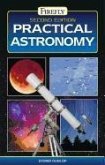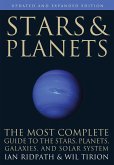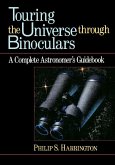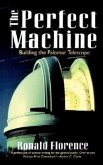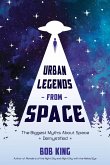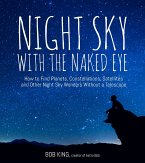The ideal introduction to astronomy in the city. These days, skywatchers do not have to live close to a city or town center to suffer from the effects of light pollution. According to the National Park Service, city lights as far as 200 miles away diminish views of night skies. So even in a remote field, the sky above may be part of the "sky glow" of the surrounding city or town. Weather might be an issue too, as it is for all skywatchers. Nevertheless, there are many celestial delights to be seen. Urban Astronomy shows that nighttime lighting and the resultant brightening of the sky can be combatted and demonstrates how to make the best of poor conditions. Although the unaided eye may be able to pick out only a few hundred stars, binoculars or a small telescope will reveal many times that number. A little optical aid can also give you good views of every type of major astronomical object, including star clusters, nebulae and galaxies. For example, there are special filters that let through the light from distant nebulae while blocking out wavelengths infested by unwanted stray light from streetlights. Modern CCDs allow modest amateur telescopes to penetrate the urban sky glow and reveal sights that would have taxed larger instruments 30 years ago. The book also covers: * How weather and pollution affect observing * Specific tips to combat urban streetlighting * The best objects to observe from cities and towns * Deep-sky objects visible from urban locations in both the northern and southern hemispheres * The range of telescopes and accessories for light-polluted skies * CCDs and the rebirth of astronomy from cities and towns * How to find dark skies. The book's nine chapters cover the basics of successful urban viewing, its "enemies" -- weather and streetlights -- and explain how to choose viewing targets and arm yourself with the right "weapons and ammunition" to find them. The book also covers indoor astronomy. Urban Astronomy is an ideal guide to skywatching while combating light pollution. It will show you how to get the most out of almost any sky.
Hinweis: Dieser Artikel kann nur an eine deutsche Lieferadresse ausgeliefert werden.
Hinweis: Dieser Artikel kann nur an eine deutsche Lieferadresse ausgeliefert werden.

